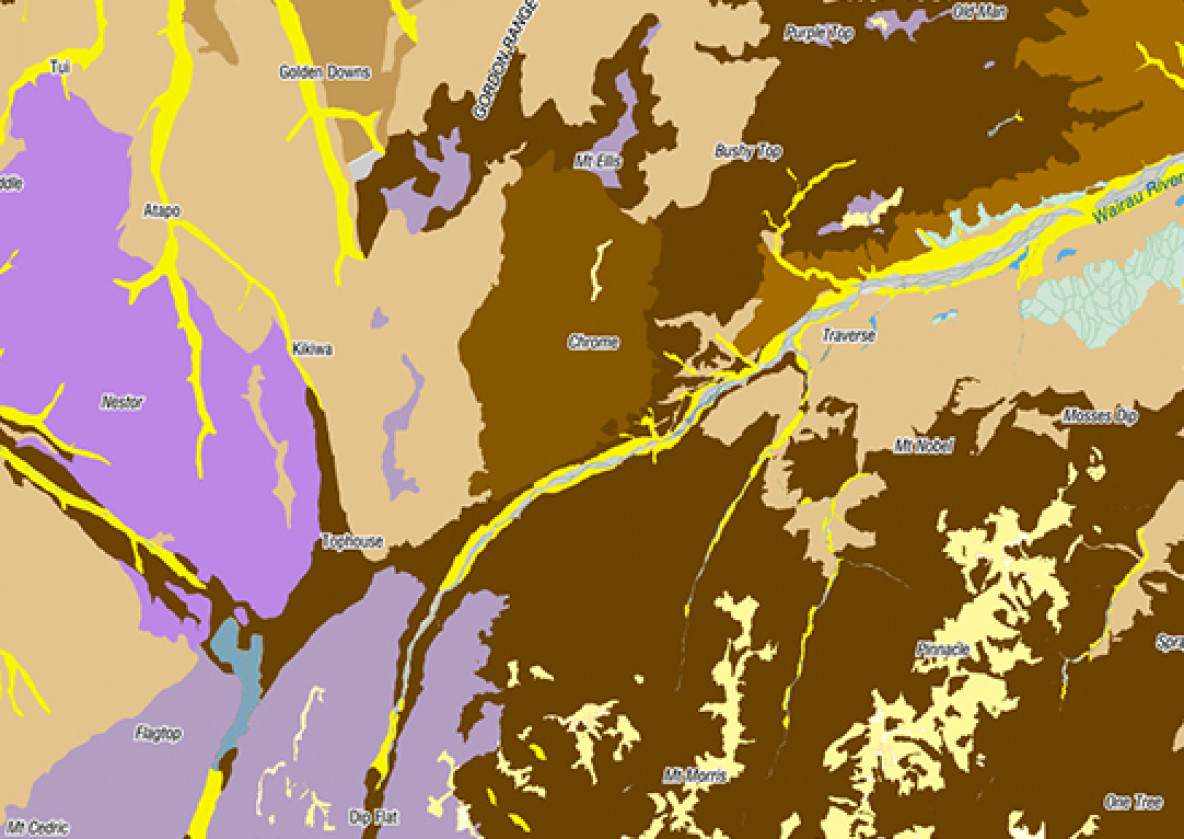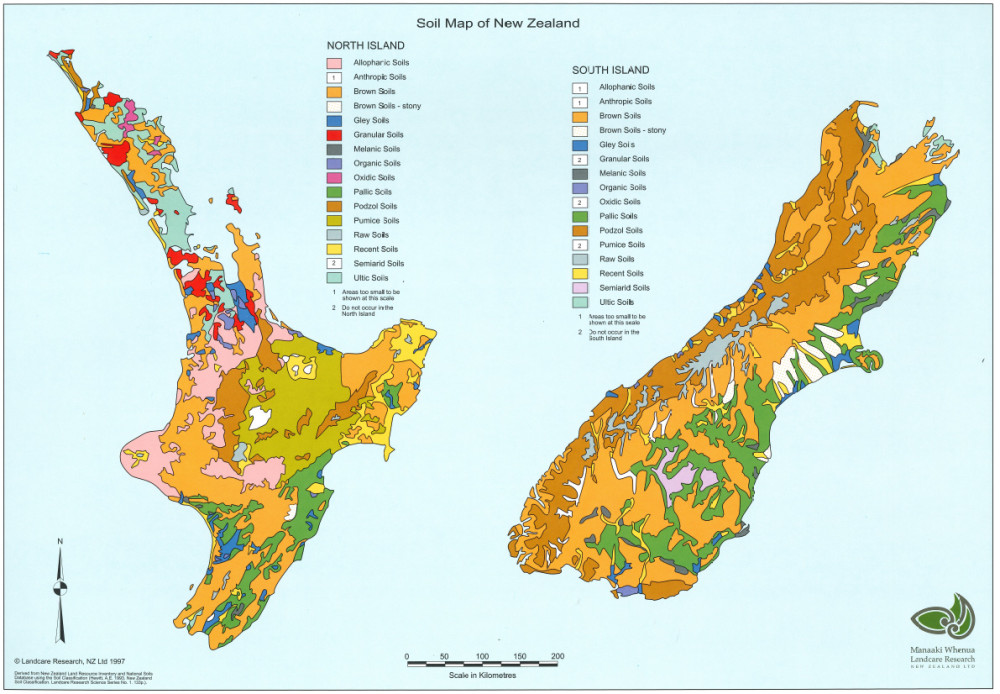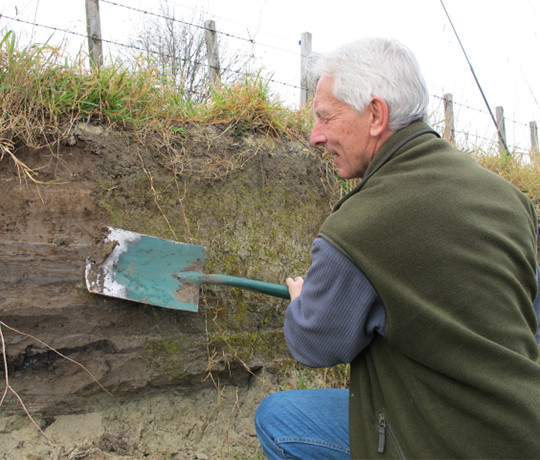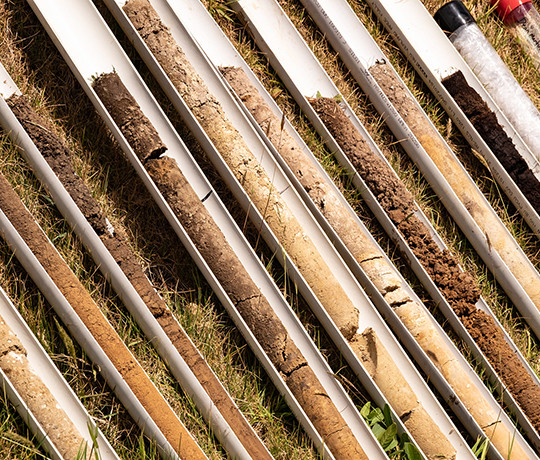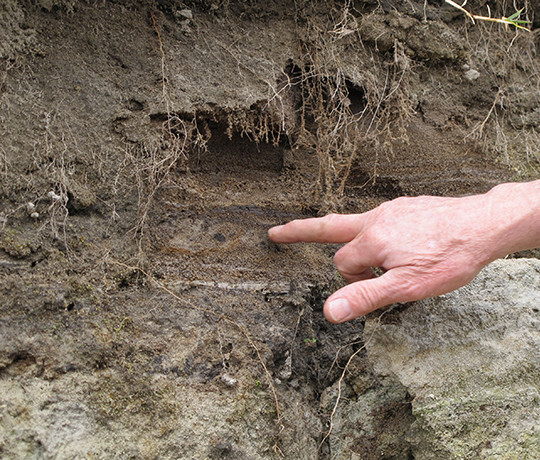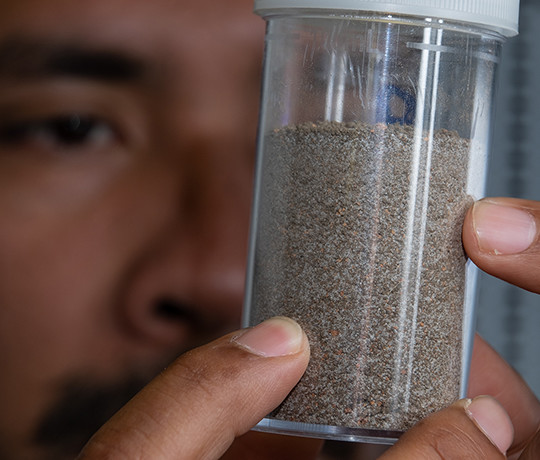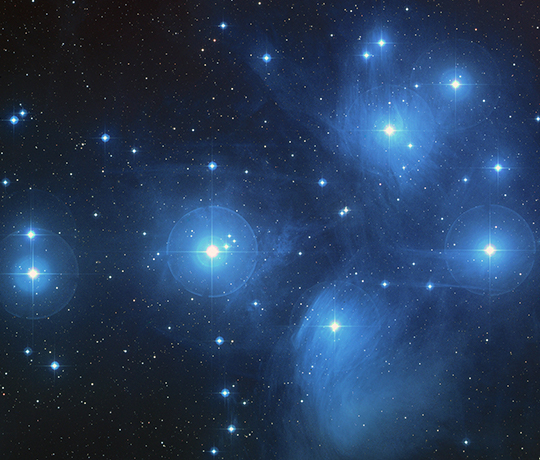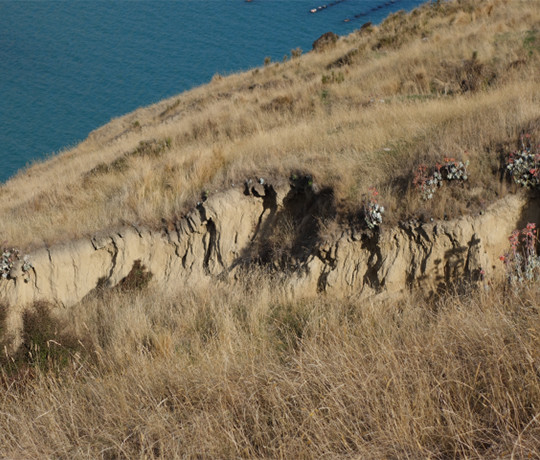New Zealand soils in a nutshell
'Be it deep or shallow, red or black, sand or clay, the soil is the link between the rock core of the earth and the living things on its surface. It is the foothold for the plants we grow. Therein lies the main reason for our interest in soils.'
Roy W. Simonson, as cited in the United States Department of Agriculture’s Yearbook of Agriculture, 1957
Soil diversity and how to tackle it
A quick summary of the nature and properties of soils appearing in the New Zealand landscape of today.
One of the key characteristics of soils in the landscape is their diversity. The nature and properties of New Zealand soils change in space and over time. Sometimes it can be surprising to see the differences in soils that are only a few metres apart! In our section on 'How do soils form?' you can read about the various soil forming factors that are behind these differences. What can we do to get on top of this amazing variety of soil types?
First of all it is important to realise that – unlike plants and animals – soils form a continuum, meaning that soil changes in the landscape are gradual. And whereas you can easily identify a southern brown kiwi or a red beech tree, soils are not nearly as clearly distinguishable. Instead we use observable and measurable soil properties to distinguish the various soils and group them into different classes.
The New Zealand Soil Classification (NZSC) is our current system to name and classify soils across the country. It helps us to conceptualise what we find, and to communicate about a particular soil and its properties. At its highest levels the NZSC has 15 so-called ‘soil orders’. These are groups of soils, each with a similar appearance, formation, or behaviour.
Soils develop over time
Most soils – especially those in the South Island – are rather ‘young’ in geological terms and have formed since the end of the last Ice Age, approximately 14,000 years ago. Where soil formation can continue for a longer time (as in in warmer climates on stable land surfaces), deeper and more strongly weathered soil orders – such as Ultic or Granular Soils – will form.
This table illustrates an arrangement of NZSC soil orders according to soil age and other soil-forming factors.
Table: Soil orders grouped by age. Source: MWLR
| Young soils | Raw Soils | |
| Recent Soils | ||
| Anthropic Soils | ||
| Mature soils Soils that have well developed topsoil and subsoil horizons |
Climate |
Semiarid Soils |
| Pallic Soils | ||
| Brown Soils | ||
| Podzols | ||
|
Wetness |
Gley Soils | |
| Organic Soils | ||
| Rock soil parent materials fromed from rocks that sominate the soil character, e.g. limestone, basalt, pumice and volcanic ash |
Melanic Soils | |
| Pumice Soils | ||
| Allophanic Soils | ||
| Old soils On land surfaces with parent materials that have attributes of advance weathering |
Ultic Soils | |
| Granular Soils | ||
| Oxidic Soils |
In more scientific terms, the 15 soils orders can be characterised as follows:
Table: Orders of the New Zealand Soil Classification (NZSC) and their main characteristics. Source: Hewitt (1992).
| Organic Soils | Organic soil material, including thick litters |
| Ultic Soils | Strongly weathered, acid, clayey illuvial horizon |
| Podzols | An E horizon, and a sesquioxidic / organic illuvial horizon |
| Allophanic Soils | Dominated by short-range-order minerals |
| Pumice Soils | Dominated by pumiceous or glassy skeleton |
| Melanic Soils | Low colour value, pedal A horizon and pedal, high-base-status B horizon |
| Semiarid Soils | Semi arid soil moisture regime, very weakly weathered and weakly leached |
| Oxidic Soils | Strongly weathered, low activity clay, fine polyhedral structure, friable failure |
| Granular Soils | Strongly weathered, moderately active clay, pedal cutanic horizon |
| Pallic Soils | Pale colours, weakly weathered high base status, low sesquioxides, high slaking potential, high subsoil density |
| Brown Soils | Yellow-brown B horizon, low base saturation |
| Anthropic Soils | Soils substantially modified by man |
| Recent Soils | Distinct topsoil, absent or very thin B horizon, no fluid subsurface horizon |
| Raw Soils | Topsoil absent or fluid subsurface horizons |
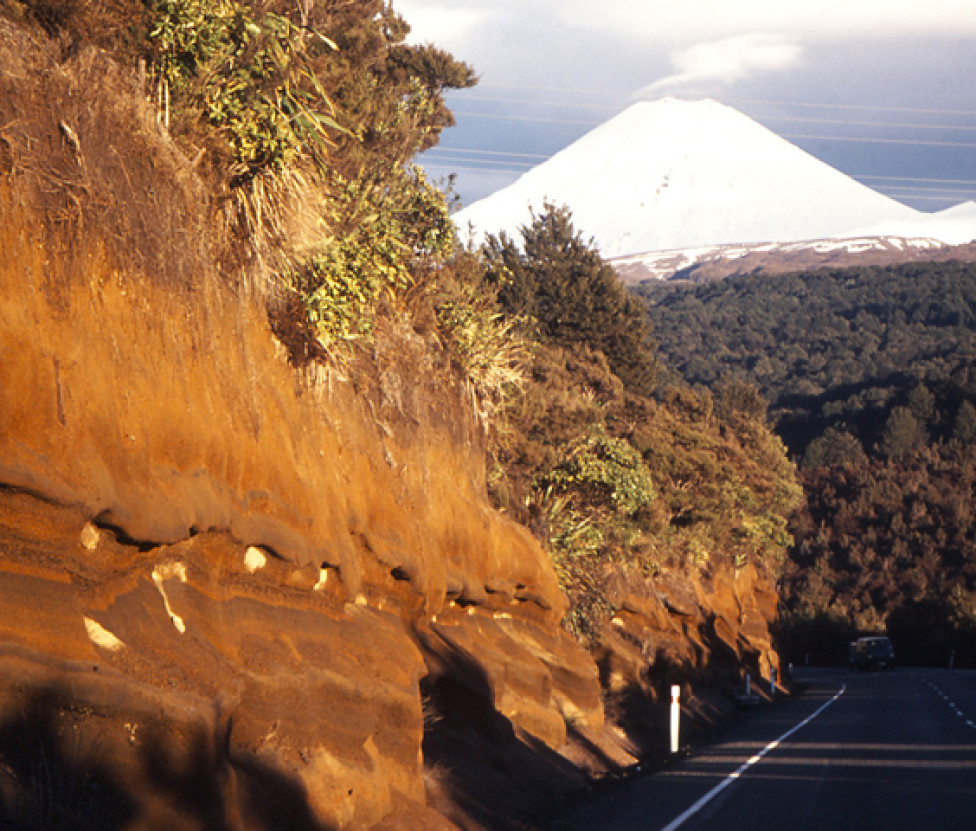
A more elaborate key than the above is used to actually classify specific soils to soil orders. An alternative is to arrange NZSC soil orders along a timeline. Below you can see how, over time, soils belonging to a particular order develop into another, more advanced order.
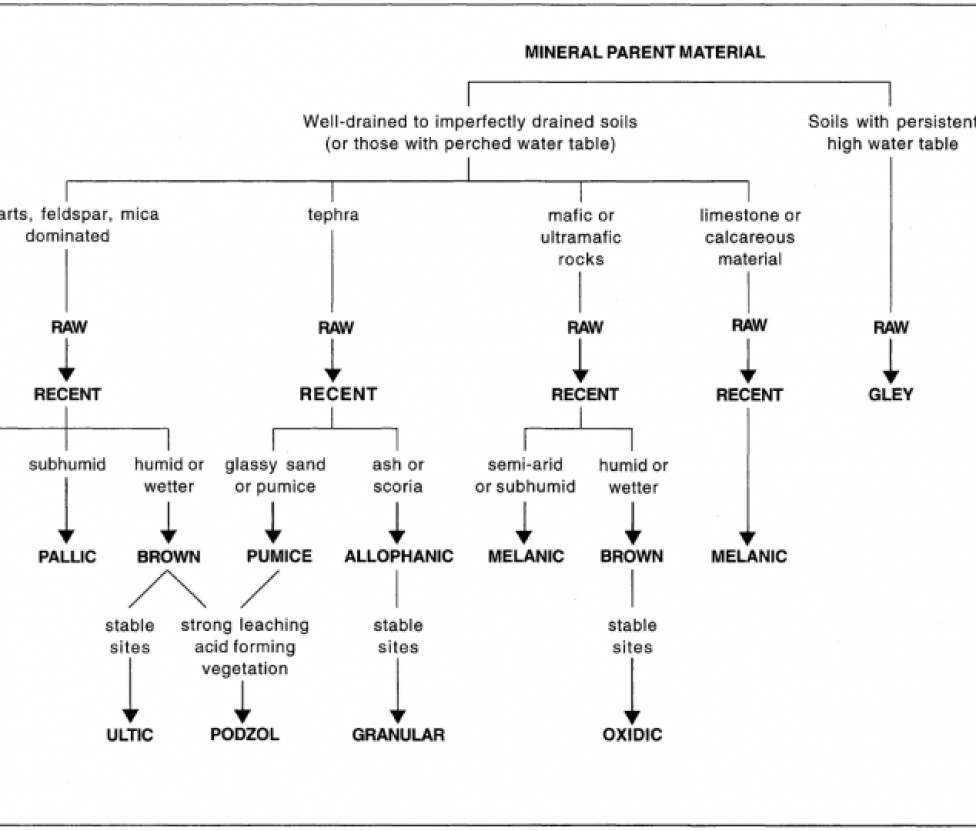
Explore the distribution of soils in New Zealand in our SoilsMapViewer tool
SoilsMapViewer
Maps come from three main sources – the Fundamental Soil Layers, which contain spatial information for 16 key soil attributes; the New Zealand Soil Classification, which represents the best attempt to classify New Zealand soils; and the Ross Sea Regions database, which contains historic and recent soil site and soil pit horizon data from Antarctica.
